In the current highly competitive market, it is far less enough to take a lion’s share in the market only by virtue of your good-quality product. Flexible packaging is the next big thing you should pay attention to in the tapping of the market. Flexible packaging is defined as any package or any part of a package whose shape can be readily changed. It can be made from easily yielding materials, such as paper, foil, polypropylene, polyester, etc. Since the flexible packaging is so of great significance, let’s have a detailed understanding of it.
Why is Flexible Packaging Important?
The rapid popularity of flexible packaging owes to many benefits it offers customers, businesses, and the environment.
In the Perspective of Customers:
According to relevant data, a considerable number of respondents stated that they bought products they didn’t intend to purchase when shopping. When it comes to such impulse consumption, they indicated they buy products just because of new or unique packaging.
Besides, customers stated that there are mainly six important factors influencing the purchases:
Great Resealability
Extending Product Life
A Visible Window
A Ventile Valve
Resealable
Easy To Open
In fact, all these attributes can be attached by means of professional packaging design. Many respondents stated that flexible packaging has a longer shelf life than other packaging materials and could keep food and other stuff for quite a long time.
Moreover, many surveyed people said that they are fond of purchasing microwave-cookable meals. Because these products are generally wrapped by the unique packaging design, which is easy to open and close and they can heat them easily without using a can opener.
In the Perspective of Businesses:
Flexible packaging has taken the packaging industry by storm in recent years. Why it so popular in the packaging business? It must be inseparable from the major benefits as follow:
Shipping and Handling Benefits:
According to Packaging Digest, flexible packaging options can weight up to 70 percent, which are lighter than their rigid counterparts. As such packaging design doesn’t weigh a lot, they won’t add much extra weight in the course of the storage and shipping. This advantage helps you to curtail your logistic spending.
Packaging Design Benefits:
Sometimes, a traditional packaging often lacks creativity and is the same. However, flexible packaging is in your interest. With the help of the unique packaging design, you can get any types of packaging, such as paper packaging, recyclable packaging and innovative packaging, etc.
These packaging design benefits make it easy for a flexible packaging company to distinguish its products with unique, eye-catching packaging from others.
In the Perspective of Environment
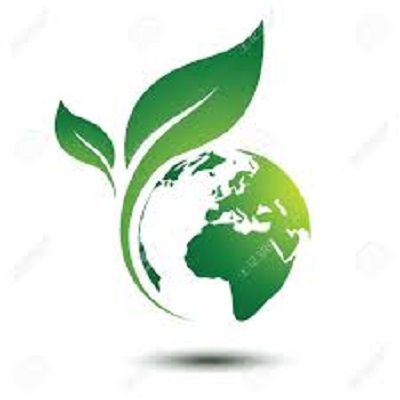
Compared with the rigid containers, flexible packaging is made of significantly less material. In the whole manufacturing process, flexible packaging produces fewer harmful gases, making it an optimum for the environmental-friendly life.
Flexible packaging, especially the recyclable packaging, promotes recycling and can be used for many times other than the above production benefits. Such packaging design is typically equipped with a zipper and seal top closures.
This allows customers to keep them in their homes and tap their utilization potential before they’re thrown away. As we all know, it will take at least 100 years to discompose a plastic. But flexible packaging can be fully recyclable and made into new items rather than being sent to a landfill.
Types of Flexible Packaging
The improvements in flexible packaging have provided opportunities for customers to choose from, depending on their bundling requirements. I will list some of the examples of flexible packaging.
Paper Packaging
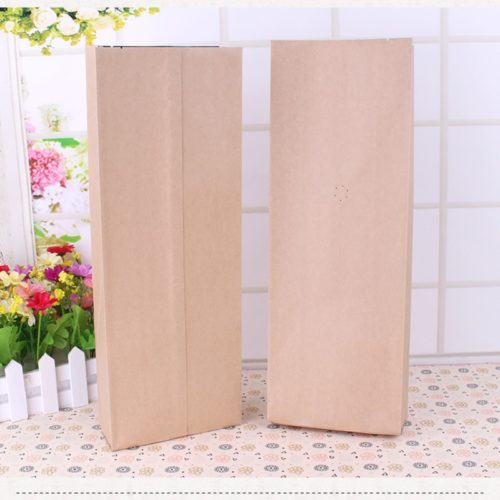
With the intensified plastic pollution, the flexible packaging company resorts to seek a more sustainable and eco-friendly product packaging solution. This is the reason why the paper packaging come to popular. The paper packaging is recyclable and easy to carry, making it great for coffee, bread products, etc.
Paper packaging can be also customized in terms of color, texture, size, capacity, and so on.
Recyclable Packaging
Recyclable packaging is made of materials that can be recycled, such as the cardboard. The recyclable packaging can be used again when it is discarded.
They are recyclable and environmental friendly. Recyclable packaging can be used as an alternative to plastics for storing and packing groceries, coffee, vegetables, etc. Recyclable packaging can be also customized in terms of color, texture, size, capacity, and so on.
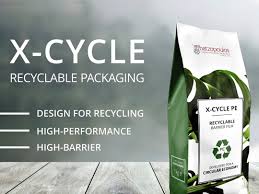
Zip Lock
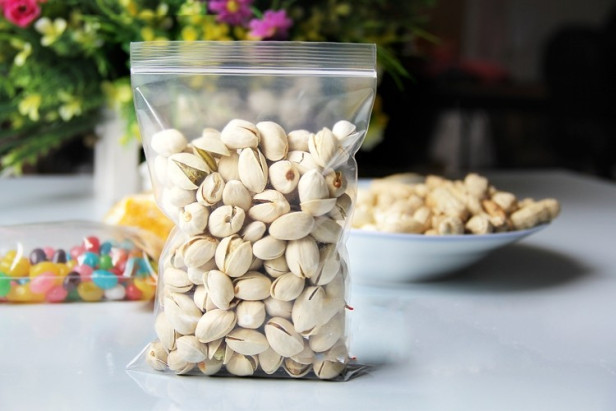
Organize your scatted items with the sturdy and endurable zip lock bags. such pouches can be utilized at home to store and pack stuff. These bags are designed with the zip lock, which is convenient to open and close. They can lock in the freshness of the good and keep the air out. These bgas can be also customized in matter of color, texture, size, capacity, and so on.
Foil Packaging
Foil packaging finds wide application in the circle of food and pharmaceutic. This type of packaging serves as an effective blockage to air, light, moisture, and bacteria, keeping your food fresh and safe and prolonging its shelf life. In addition, such pouches are completely recyclable and reusable when they are thrown away.
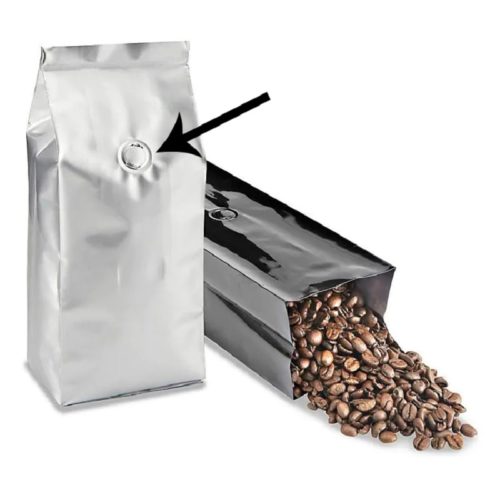
Lorem ipsum dolor sit amet...
Applications of Flexible Packaging
Flexible packaging comes in various forms and but some of the most common examples you’ve probably seen are packagings (regular, flat, retort, and standout), bags (regular, gusseted, etc), and sleeve labels.
They find a wide application in the food and beverage industry. You could find any types of packagings you want either at the local grocery or convenience store, in which paper packaging, recyclable packaging, innovative packaging abound.
Besides, flexible packaging is also popular in terms of cosmetics packaging, pet food packaging, healthcare product packaging.
